A four-line ancient Aramaic inscription has been discovered in a cave in the Judaean Desert in the Ein Gedi Area (near the Dead Sea) by two Israeli scholars. The inscription is about 1,900 years old and dates back to the Bar Kochba Revolt against the Romans.
The first line reads “Abba of Naburya has perished.” Only isolated words or letters are visible in the following three lines, including the words “on us”, “he took” and “the.”
The cave, already known to archaeologists, contains a stalactite, or icicle-like structure hanging from a cave, inscribed in ancient Hebrew from the First Temple period.
Two years ago, Dr. Asaf Gayer of Ariel University, Geologist Boaz Langford, and Israeli Antiquities Authority photographer Shai Halevi visited the same cave, and uncovered the unthinkable. Not only did they identify the additional Aramaic inscription, but also unearthed four Roman swords in a stunning state of preservation.
While no scrolls were found in the specific cave, some of the scroll fragments unearthed in surrounding areas. The inscription covers an area of about 8 by 3.5 centimeters and is on the lower part of the stalactite.
It is written in square Hebrew script, the same script used for modern Hebrew.
More details about who Abba of Naburya was or how he died are unlikely to be found, as researchers doubt they can decipher more of the Aramaic words. Abba was a common Jewish name in the first centuries CE, and Naburya was a Jewish village in the Galilee next to Safed (Tzfat).
This find has inspired a group of archaeologists to look for more findings in the area.


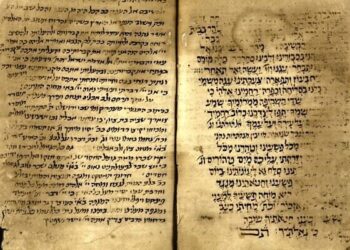
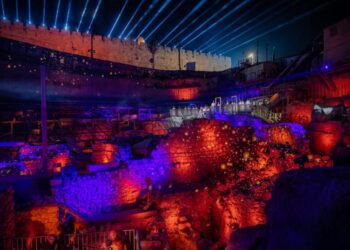
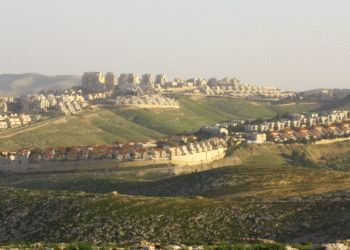
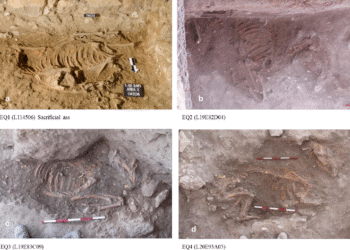
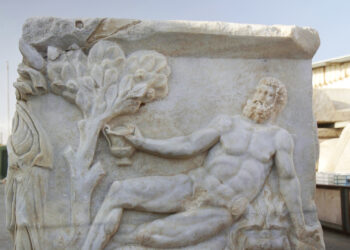
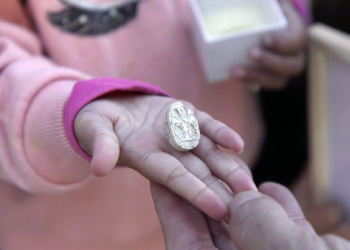














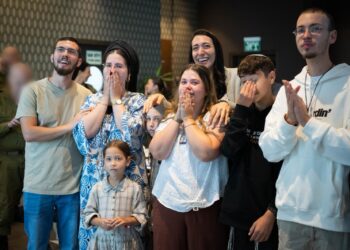

Discussion about this post